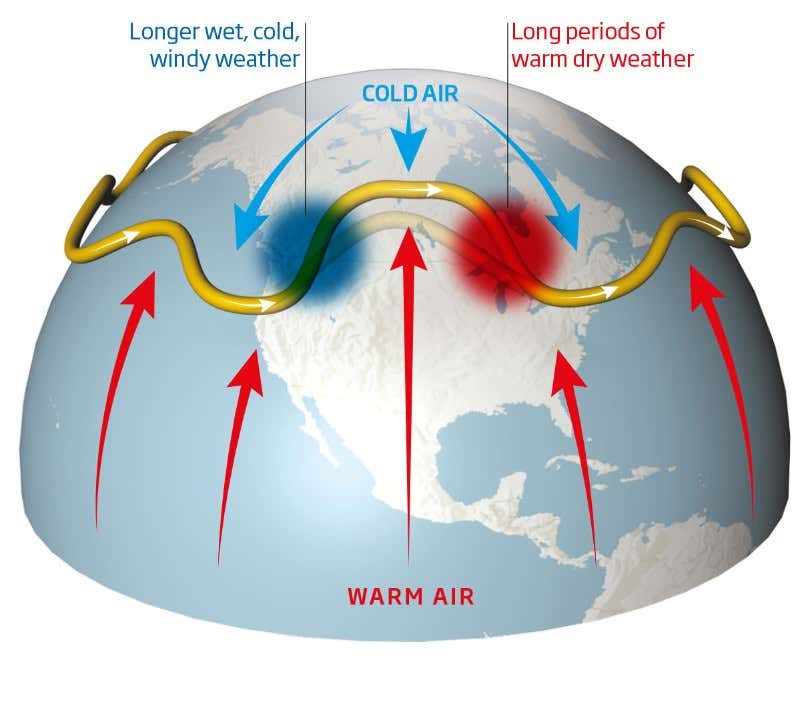Written by: Connie Hu
A few weeks ago, winter storm Uri brought four inches of snow and a whole week of snow flurries and freezing temperatures to campus. And we weren’t alone. Tennessee was one of the many states in the American South who was surprised by the record-breaking snowfall this spring. Texas saw power outages and infrastructure damage as freezing temperatures halted the burning of oil stocks and froze water treatment plants. At the same time, a question seemed to hang in the air as everyone marveled at the snow: “Wait, what about global warming?”
Surprisingly, global warming may be the cause of the record snowfall. It seems extremely counterintuitive, but global warming’s effect on the Arctic Circle jet stream may be directly responsible for the snowfall. The Arctic jet stream is a current of fast-flowing air in the troposphere which surrounds the Arctic Circle. As a result, the Arctic jet stream acts as a divider between the cold air in the Arctic Circle and milder air in the mid-latitudes. The temperature difference between the two regions propels the jet stream. However, as global warming has led to increasing temperatures in the Arctic, the temperature difference is weakening. As a result, any unusually warm stratospheric gust of air can damage the jet stream. A damaged jet stream then unleashes the frigid air previously contained within the polar vortex into the Mid-Atlantic and impacts our weather. For example, a damaged jet stream allowed cold air to swirl southward in 2013 and resulted in heavy snowfall in Chicago, Washington, and Boston. Therefore, it’s unsurprising that the identified stratospheric warming in the winter of 2020 has preceded our sudden snowfall. However, scientists are still divided as to whether there is a direct sequence of events that causes the warming of the Arctic Circle to affect local weather patterns.

Climate change also increases the probability for snowfall in a separate mechanism. As global warming has been melting our polar snowcaps, it has also been evaporating more water from our oceans into the atmosphere. The warmer planet therefore, is a more humid planet. The added moisture in our atmosphere has ultimately resulted in heavier precipitation, including heavier snowstorms in recent years.
As a result, climate change and global warming has led to an overall increase in dramatic weather events and record-breaking snowfall is merely one of these extreme events which are going to be occurring with increased frequencies. The United States saw twice the number of extreme winter storms between 1950 and 2000 than between 1900 and 1950, proving the increasing frequency. Therefore, buckle up, invest in some snow boots and be prepared for more scenes of a snow-covered campus!